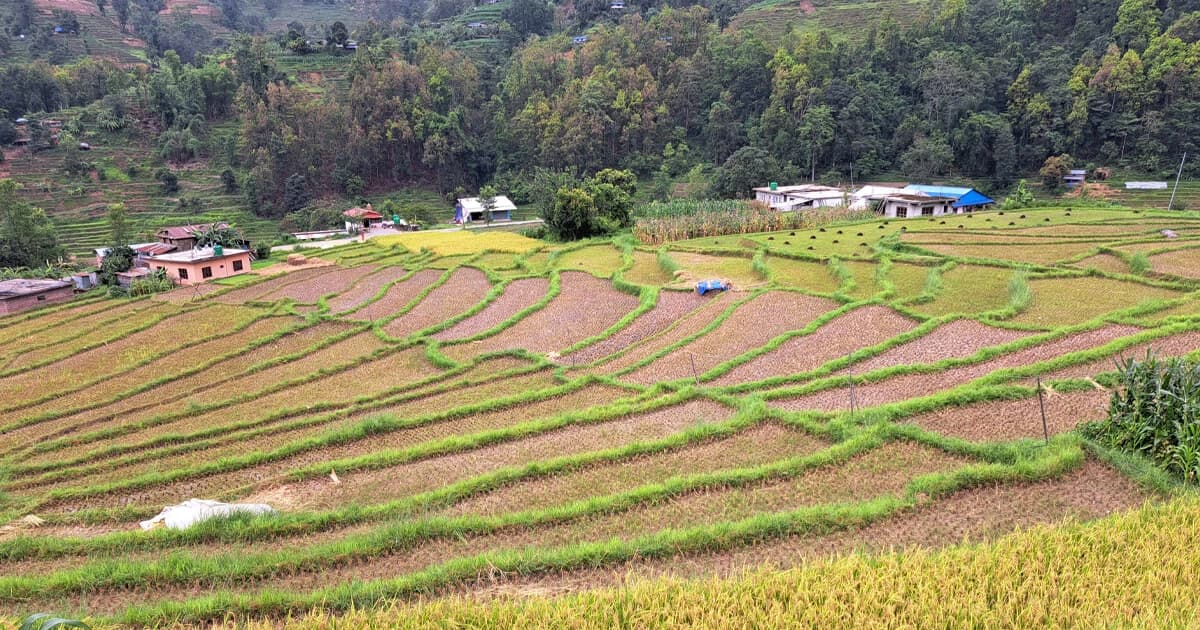We provide unique village stay packages in addition to trekking, climbing, safaris, and excursions for those who want to interact with local families and see their way of life, customs, and traditions. It is among the greatest methods to get a taste of the way of life of rural farmers. You will be residing in a house occupied by a farming family during your stay. The hosts will cook and customarily serve you regional cuisine. In the village, lunch and dinner are typically rice and lentil soup (Daal and Bhat with some curry). The kitchen in the village and the manner in which food is prepared vary greatly from your expectations. The majority of families cook their meals using firewood and mud fires. Farmers work in the fields every day, either cultivating and harvesting various cereals or raising and feeding domestic animals like goats, cows, and buffaloes. If you have the time, it's worthwhile to spend a few days with a typical Nepali family to observe their way of life; the rural areas of the country are very different from what you had expected.
The greatest way to experience local life is by booking a homestay. Since Nepal is an agricultural nation, a large portion of its population depends on farming. In Nepal, around 70% of the population still works as a farmer. Village life is entirely different from what you could have ever imagined.
The homestay excursion is the only way to view these things if you want to see them outside of the city's commercial districts. You can observe individuals working on farms, planting and harvesting crops, and daily people doing various tasks related to their farms and animals, which is how they make a living while on a homestay, along with participating in their daily activities, if you are interested. The majority of crops farmed in Nepal's rural areas are rice, wheat, barley, corn, millet, mustard, soy beans, potatoes, tomatoes, cauliflower, cabbage, spinach, and beans.
The ideal seasons to go on a homestay are fall and winter because of the pleasant weather, lack of rain, and the opportunity to observe crops being harvested. In contrast, the spring and monsoon seasons are not the greatest times to go because of the high humidity, heat, and rain. You won't feel comfortable around flies and mosquitoes, but if you want to see how farmers prepare the rice fields and plant rice, you must visit during the spring and monsoon seasons.
In Nepal, the primary source of revenue for farmers is the sale of seasonal fruits and vegetables as well as excess harvests that they do not use. Every family keeps some domestic animals, such as goats, chickens, buffalo, and cows, as a source of additional revenue outside of agriculture. In the village, cows and buffalo are utilized to produce butter, yogurt, and milk. The most common proteins consumed in Nepal are chicken and mutton. Additionally, some people also consume buffalo and pig meat. Therefore, please let us know if you would like to see those items so we can arrange your home stay.
